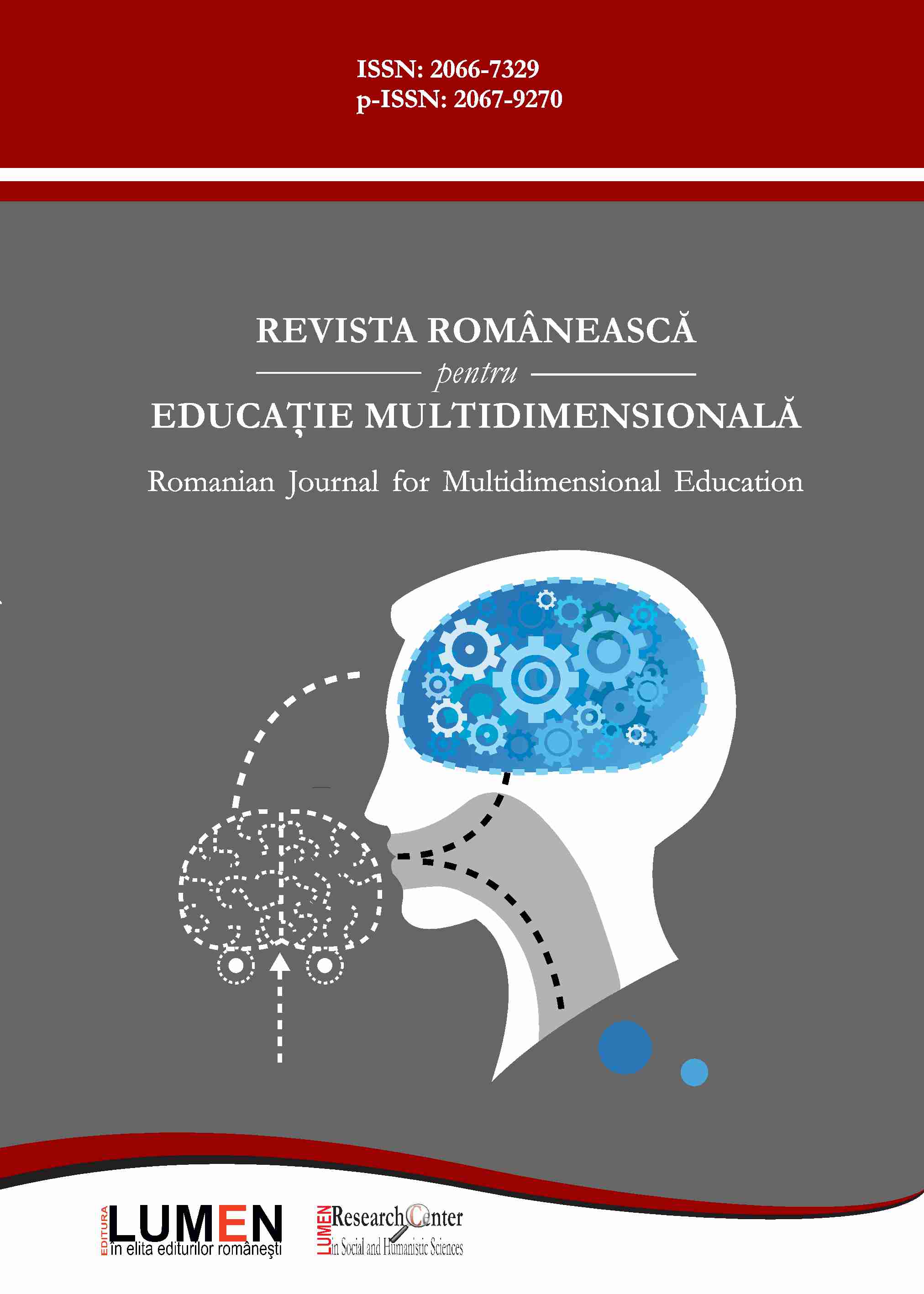Trends in Higher Education in EU Countries and non-EU Countries: Comparative Analysis
Trends in Higher Education in EU Countries and non-EU Countries: Comparative Analysis
Author(s): Tamara Bondar, Nataliia Telychko, Anna Tovkanets, Tetiana Shcherban, Vasyl KobalSubject(s): Higher Education
Published by: Editura Lumen, Asociatia Lumen
Keywords: trends in higher education; European Higher Education Area; size of the student population; yearly public expenditure share on tertiary education; enrollment trends in tertiary education;
Summary/Abstract: The article presents the comparative analysis findings related to the current trends in higher education in the ten European Higher Education Area countries. The focus of this study is to identify Ukraine’s transformations and developments in higher education through the lens of similarities and differences in the higher education in the ten countries. Although all these countries belong to the European higher education area (EHEA), the five countries including Austria (AT), the Czech Republic (CZ), Germany (DE), Slovakia (SK), Sweden (SE) are the European Union members while Armenia (AM), Azerbaijan (AZ), Georgia (GE), Moldova (MD), and Ukraine (UA) have a ‘non-EU country’ status. Being a member of the Bologna process since 2005, Ukraine was the only country with legislation in higher education that was not adjusted to current requirements and realities of the deep transformation process in Europe, until 2014. The findings provide insight for how the countries approach Bologna reforms, what aspects they prioritize, what challenges they are facing. Existing reports and studies tackling the issue of trends in higher education are consulted and thoroughly analyzed through the indicators including the number of the students in the ten European Higher Education Area countries, enrollment trends in tertiary education, tertiary education public expenditure in a year as a GDP proportion, academic staff, age groups and gender division, quality assurance, European Credit Transfer and Accumulation System, and student mobility.
Journal: Revista Românească pentru Educaţie Multidimensională
- Issue Year: XII/2020
- Issue No: 1 Sup1
- Page Range: 77-92
- Page Count: 15
- Language: English

